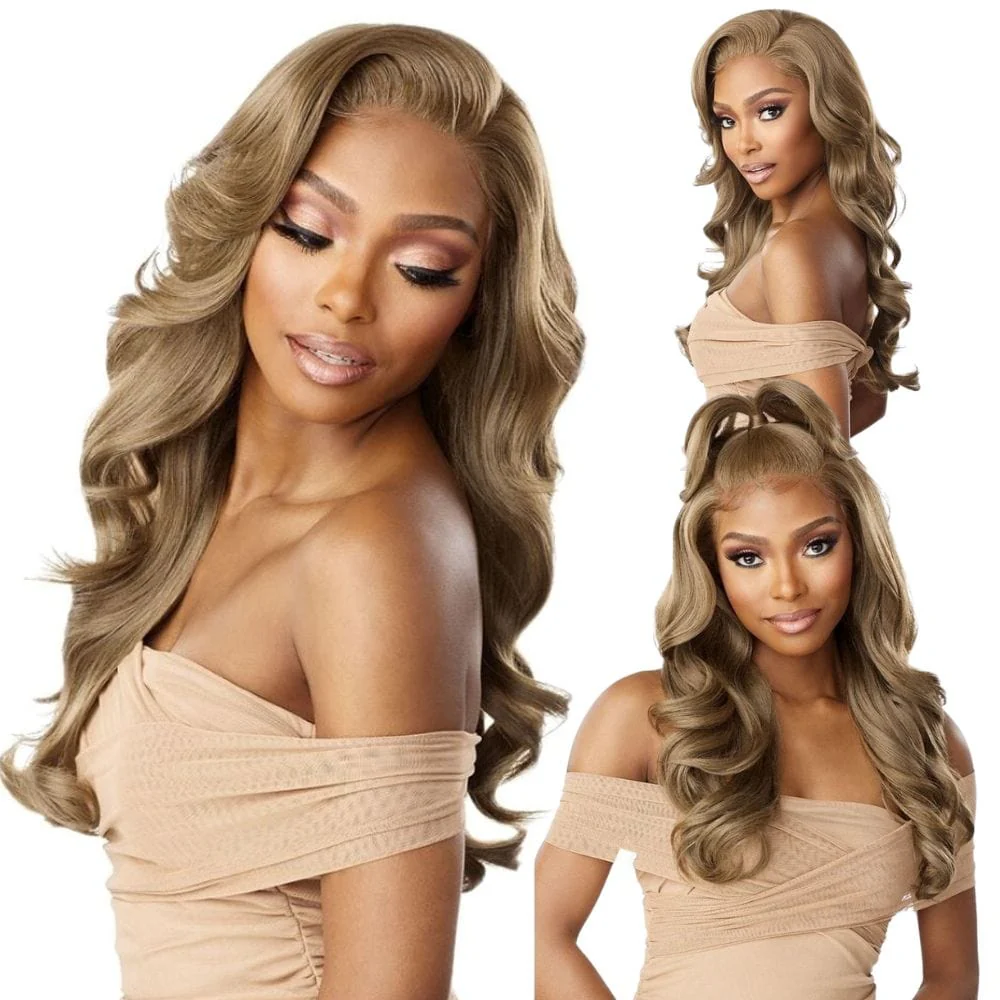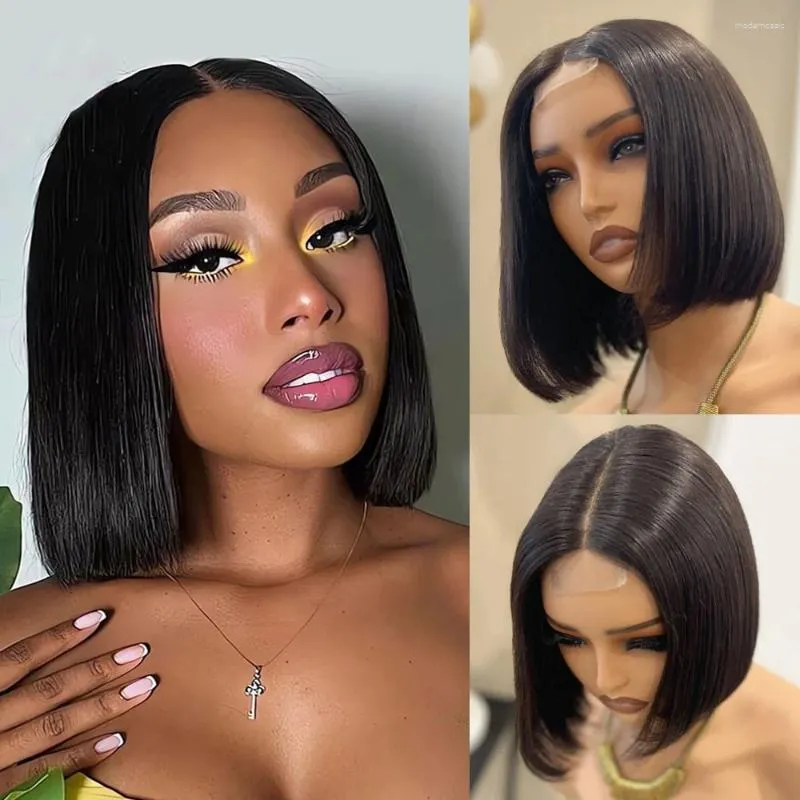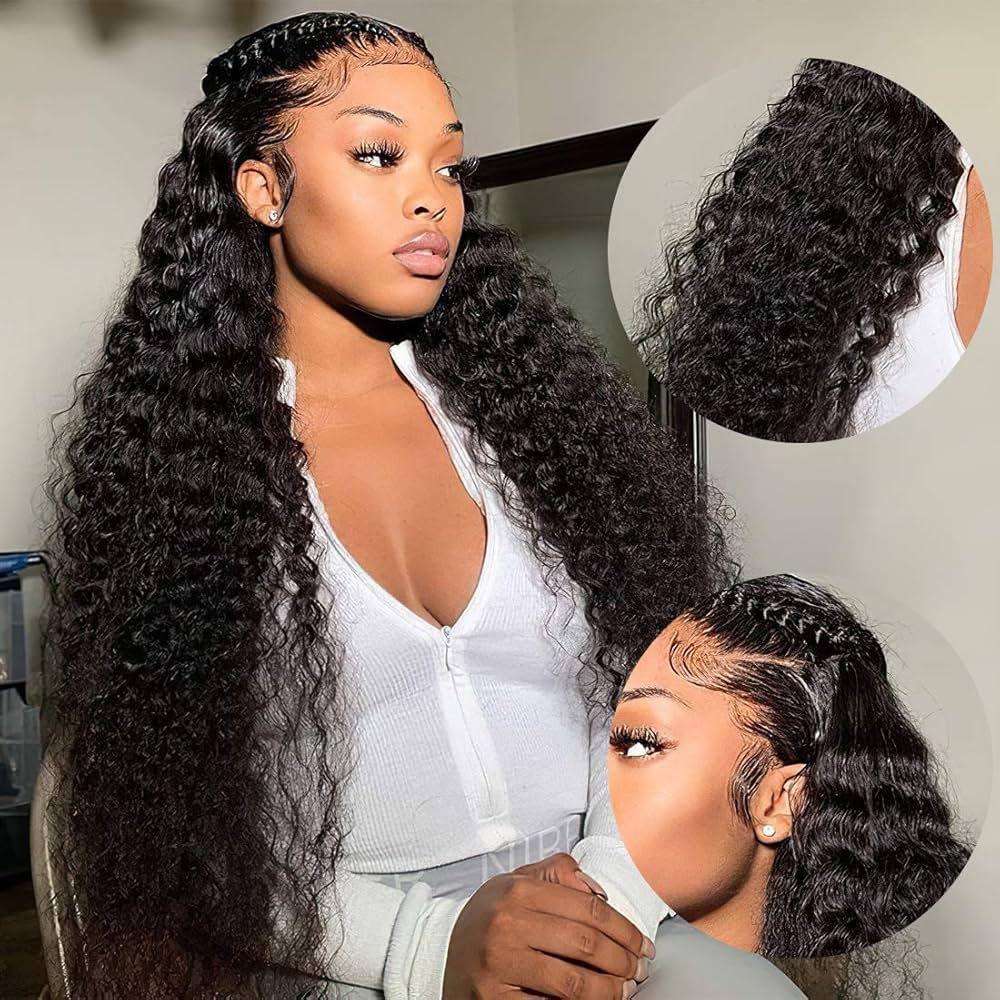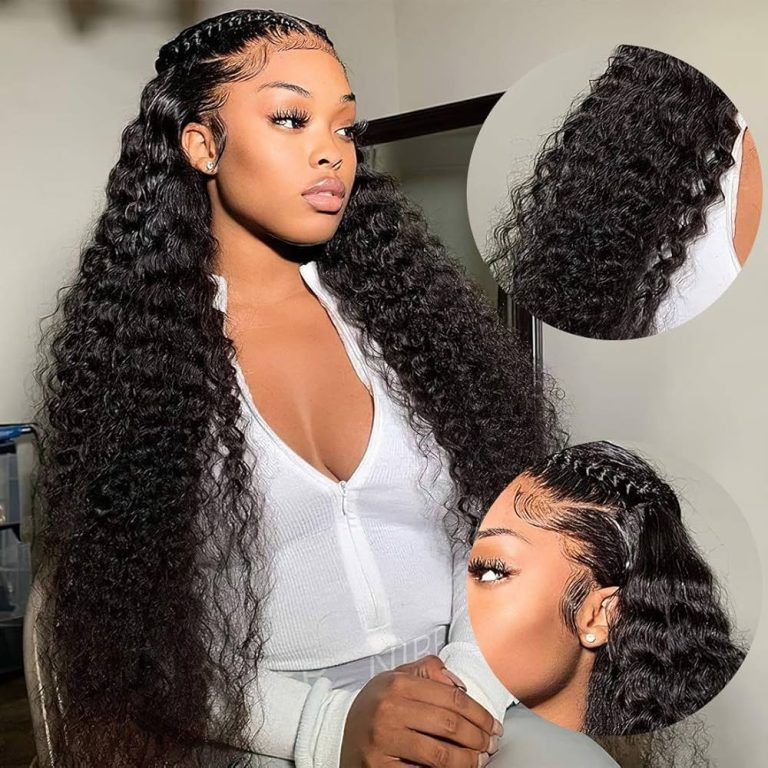
Exploring the Tradition: Why Jewish Women Wear Wigs
The Significance of Hair Covering in Judaism
Within the Jewish faith, hair covering has deep roots. It transcends mere tradition, extending into the realm of spiritual expression. It is a visible commitment to a set of values that underscores Jewish life. Why jewish women wear wigs? For many, it’s also an intimate link with their cultural identity and a thread that connects them to centuries of practice.
The Practice of Hair Covering After Marriage
Why do Jewish women wear wigs, particularly after marriage? The answer lies in the heart of Jewish modesty laws. Once married, Jewish women adopt the custom of hair covering as a marker of their marital status and commitment. It’s a profound transformation, where the private and personal take precedence over the public and external. This shift serves as both a personal and communal declaration of a new chapter in life.
Modesty and the Concept of Tzniut
The principle of ‘Tzniut’, sometimes translated as ‘modesty’, is central to why Jewish women wear wigs. In Judaism, modest behavior is not simply about covering up; it’s about directing attention to the person’s character rather than their physical attributes. By covering their hair, Jewish women align with the virtue of modesty, allowing their inner qualities, rather than their physical appearance, to define them.

Understanding Sheitels: Orthodox Jewish Wigs
Why jewish women wear wigs?Jewish women often wear sheitels as a form of hair covering after marriage. These are not just wigs, but carry deeper meaning within the Orthodox Jewish community.
What is a Sheitel and its Cultural Importance
A sheitel is a wig that Orthodox Jewish women wear for modesty. The tradition hails from the value of ‘Tzniut’, focusing on inner qualities over physical appearance. It holds cultural weight as a symbol of marriage and commitment to Jewish laws.
Distinctions Between Sheitels and Regular Wigs
Sheitels are crafted to meet the needs of Jewish women. They differ from regular wigs in purpose and sometimes in design. Sheitels are often more natural-looking, blending modesty with contemporary styles. Regular wigs might aim for fashion or volume, while sheitels represent a spiritual and personal choice.
The Rabbinical Perspective on Wigs
Judaism values the interpretations and guidelines set by rabbinical authority. When it comes to hair covering, rabbinical opinion greatly matters.
Torah Law and the Use of Wigs
The Torah, Judaism’s holy book, guides Jewish life. It does not mention wigs directly. Yet, Torah law greatly influences why Jewish women wear wigs. Rabbis consider wigs a valid hair covering option after marriage. This follows modesty principles and honors marital status.
Using wigs allows women to respect modesty laws while engaging with society. It’s a blend of tradition and practicality. The goal is to cover hair – not to change one’s appearance beyond recognition.
Kosher Certification for Wigs
Kosher certification is important in all aspects of Jewish life, including wigs. Certification ensures wigs meet Jewish legal standards. It confirms wigs are not linked to idolatry and are suitable for use.
Previously, concerns about hair sourcing from idolatrous practices arose. Due to this, some women sought kosher-certified wigs or chose alternative coverings. Today, these issues are less common. However, some still prefer certified wigs for peace of mind.
To sum it up, the rabbinical view is crucial in the use of wigs. Wigs fulfill the need for modesty while staying true to tradition. They also offer versatility and comfort for the modern Jewish woman.

The Practical Aspects of Wearing Wigs
When exploring why Jewish women wear wigs, it’s important to understand that practicality plays a key role. Wigs offer an effortless way to comply with modesty norms while participating in daily activities. They provide an easy-to-manage solution for those who may not have time to style their hair regularly. Plus, wigs can protect natural hair from damage due to styling and exposure to the elements. Comfort is paramount, and women often choose wigs that feel good on the scalp and fit securely without causing headaches or discomfort.
Comfort and Personal Preference in Wearing Wigs
Jewish women prioritize comfort when selecting wigs. The fit, breathability, and weight of the wig are critical factors in their choice. Personal preference also plays a major role; some may prefer short styles for convenience, while others opt for longer wigs for versatility. The wig’s appearance, mimicking natural hair, allows for a seamless blend of religious observance and personal expression. It is an individual choice, reflecting each woman’s unique preference and lifestyle.
Alternatives to Wigs: Scarves, Toppers, and Hats
While wigs are a popular choice, they are not the sole option for hair covering. Scarves, toppers, and hats are widely used as well. Scarves offer a lightweight and versatile way to cover hair, with endless patterns and fabrics to match any outfit. Hair toppers work well for women looking for partial coverage or to enhance volume. Hats and headbands offer a casual and often cozy alternative. These options allow Jewish women to diversify their hair coverings based on the occasion, weather, or simply their mood for the day.
Addressing Common Misconceptions
Modesty Versus Beauty in the Context of Wigs
One popular misconception is that wigs defy modesty by enhancing beauty. However, the true purpose of wigs, or sheitels, is to adhere to modesty standards while allowing women to feel confident. The focus remains on inner qualities over physical looks. Wigs merely replace what is covered and are not intended to attract undue attention.
The Relationship Between Wigs and Marriage
Another misunderstanding is the belief that wigs signify a woman’s marital status alone. While it’s true that married Jewish women cover their hair, the practice goes deeper. It symbolizes a private bond shared between a woman and her spouse. The transition to wearing wigs or hair coverings signifies a new life stage tied to faith and commitment.

The Evolution of Wig Wearing Practices
The way Jewish women approach wearing wigs has evolved over time. What started as a strict religious practice has adapted to fit the modern world. In earlier times, the expectation was clear and unwavering. Married women covered their hair as a sign of modesty, often with little variation or personal expression involved.
Changes in Attitudes Over Time
As societies changed, so did the attitudes towards wig wearing. Today, many Jewish women balance tradition with personal style. They choose wigs that reflect their identity while respecting religious norms. The focus has shifted slightly, allowing more room for individuality within the practice. In some communities, this evolution has sparked discussions on how to blend tradition with the dynamics of current lifestyles.
Women Sharing Their Personal Experiences
Personal stories shed light on the real-life implications of wearing wigs. Through interviews and social media, women share their journeys. They discuss challenges, joys, and the reasons why they wear wigs. These accounts bring a human touch to the tradition. They help dispel myths and foster a deeper understanding of the practice. Each story highlights a unique perspective, showcasing the diversity within the Jewish wig-wearing community.

Guidance for Those New to the Wig-Wearing Tradition
For those new to the Jewish tradition of wearing wigs, the process might seem daunting. But with the right information and guidance, it can be a meaningful part of one’s spiritual journey. Below are some practical tips and advice aimed at helping newcomers navigate this important tradition with ease and confidence.
Tips for Choosing the Right Hair Covering
Choosing your first hair covering can feel overwhelming. Here are some simple tips to ease the process:
- Start by looking for a sheitel. It looks natural and respects tradition.
- Consider your comfort. Go for a wig that suits your scalp and feels right.
- Match your style. Pick a wig close to your hair color and cut for familiar transition.
- Get a proper fit. Ensure your wig fits well to avoid future discomfort.
- Seek advice from those with experience. They can offer personalised insights.
Remember, the key is not to rush. Take your time to find a wig that aligns with both your personal taste and the demands of modesty.
Embracing the Practice with Understanding and Respect
Embracing wig-wearing requires more than just finding the right hairpiece. It’s important to understand and respect the tradition behind it.
- Learn the ‘why’. Delve into the reasons behind hair covering to enhance your commitment.
- Respect the custom. It’s a way to connect with your faith and community.
- Share your journey. Talk to family about the transition. It helps to get support.
- Be patient. Adjusting takes time. Allow yourself to grow into this new practice.
In the end, wearing a wig as a Jewish woman is about more than just complying with tradition; it’s an act of faith that goes hand in hand with personal identity and dignity.

